Riveters honored at powwow
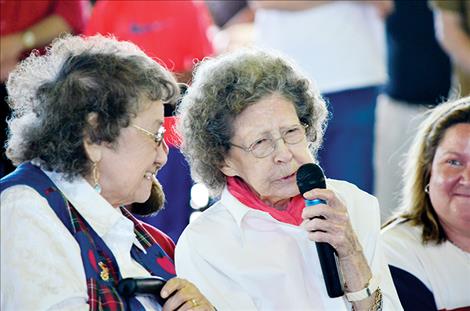
Karen Peterson
WWII riveter Rose Bailey was honored July 4 among 16 other local women who worked in factories and shipyards to sustain the war effort.

Karen Peterson

Karen Peterson

Karen Peterson

Karen Peterson
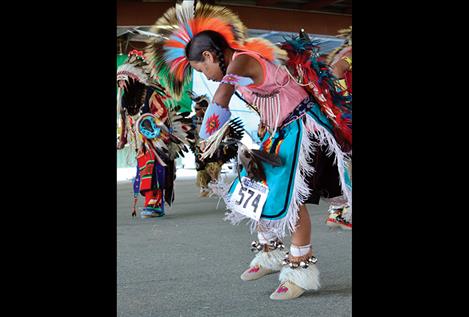
Karen Peterson
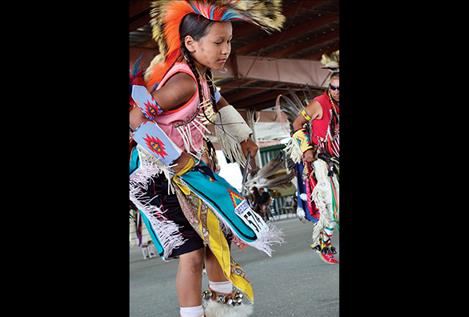
Karen Peterson
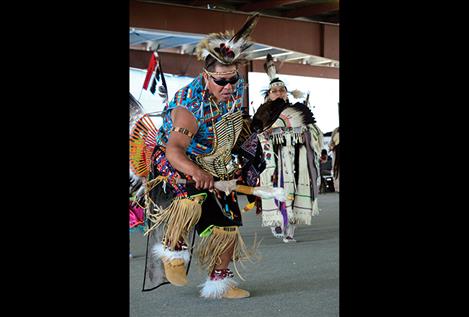
Karen Peterson
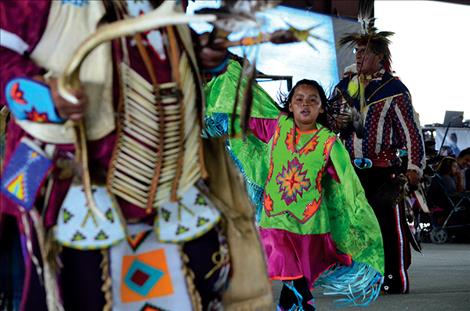
Karen Peterson

Karen Peterson

Karen Peterson

Karen Peterson
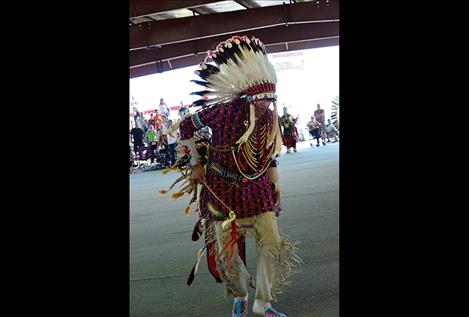
Karen Peterson

Karen Peterson

Karen Peterson

Karen Peterson

Karen Peterson
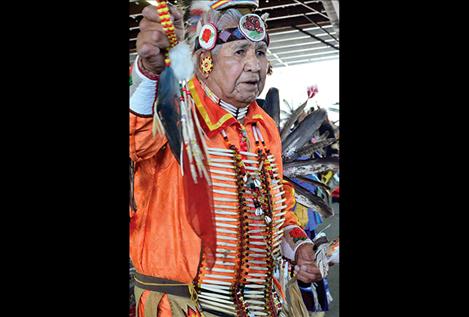
Karen Peterson
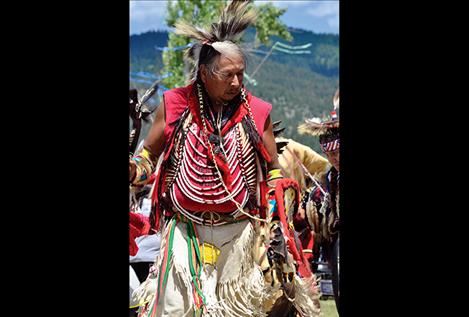
Karen Peterson
Issue Date: 7/12/2016
Last Updated: 7/12/2016 5:25:43 PM |
By
Karen Greene
Keep Reading!
You’ve reached the limit of 3 free articles - but don’t let that stop you.















